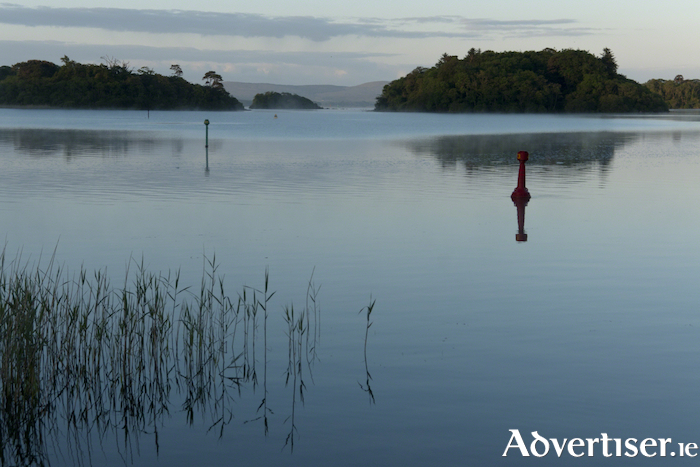Heritage Week 2022 presents a wonderful opportunity for the general public to be immersed into the natural landscapes, cultural traditions and the historical built environment that characterises Ireland’s second largest waterway and its immediate hinterland.
Thanks to the combined efforts of members of the Corrib Beo initiative supported by local communities, state agencies and special interest groups, an exciting programme of activities will be rolled out from August 13 to August 21 that will not only provide a window into these lakelands in times past but will also hopefully rekindle a sense of a shared cultural identity amongst the inhabitants living around the Corrib today, from Cong in the north to Galway city in the south, to Headford in the east and to Oughterard in the west.
Water has defined and shaped the history of our species since time immemorial. Without water there is no life. The earliest civilisations began along the banks of rivers such as the Euphrates, Tigris, Nile, Huang He and the Indus. In the ancient world, waterways functioned as the main arteries for the movement of peoples and trade as the land, with its bogs, mountains and forests, represented physical barriers that could not be easily overcome.
It is from the seas and thence along the rivers of the Boyne, Shannon, Bann and Corrib that early settlers came to Ireland and travelled inland. It is from the mouths of our rivers that many of our fearless adventurous early Christian monks sailed to distant places and may indeed have settled in lands unknown to the rest of contemporary Europe such as the Faeroe Islands, Iceland, Greenland and indeed North America.
After his many Atlantic voyages St Brendan, Europe’s most renowned international voyager until the time of Marco Polo, decided to live out his final days at Annaghdown on the shores of the Lough Corrib.
In a later era, it was rivers such as the Liffey, Slaney and Suir that became the highways of the Vikings and the locations for Ireland’s first cities. These fierce invaders also came on their longships onto the waters of the Corrib.
It is worth noting that this waterway, as indeed with nearly all of Ireland’s rivers, is named after an ancient goddess, showing the primary divine power that women as creators of life had for most of the history of the human race.
Today the lands around Lough Corrib may appear very peaceful, beautiful, idyllic and very quiet. Indeed they are and that is their strength.
But taking advantage of this unique characteristic, they also pulsate with the vibrancy of living breathing communities who, through recent initiatives based on their local natural resources and human ingenuity in the areas of wind power, hydropower, heritage, greenways and blueways, could allow this water catchment to become a flagship for a sustainable Ireland based on clean renewable energies, eco-tourism, healthy living, biodiversity restoration, carbon capture, mixed agriculture/aquaculture, and a decentralised circular economic model.
The Corrib’s past, as it will be portrayed in lectures, field trips and exhibitions by Corrib Beo partners during Heritage Week, could and should be seen as a showcase at some key levels for a more benign future Ireland.
For instance medieval Galway city with its cosmopolitan population and international wind-powered maritime trade; 19th century Galway city with its multiple industries based on locally-sourced organic agricultural produce with hydropower as its main energy source; Menlo with its historical associations to aquatic sports and waterways-centric festivals for all ages (and classes ) as well as its continued usage of Irish as a language of people’s daily life; Annaghdown with its early ecclesiastical settlements for both males and females; Oughterard with its reputation as a pioneer in eco-tourism (angling ), and Headford with its 18th century lace making home-based industry.
There is also the important fact that the Corrib acts as one of the largest ‘ecological corridors’ in modern Ireland connecting the heartland of Mayo, through the river of Terryland Forest Park to Merlin-Roscam (via underground channels ) and to the farmlands of east Galway. In a time of an unprecedented global Biodiversity Crises, its role has never more critical, which a number of events during Heritage Week will allude too.
Finally, a symbolic ‘Hands Around the Corrib’ festival connecting the piers at Knockferry and Kilbeg, located on the west and east shores of the lake, will take place as a finale on the afternoon of Sunday August 21.
For further information on the Corrib Beo events programme go to www.heritageweek.ie Or one can register direct for the individual events at www.eventbrite.com/d/ireland--galway/corrib/

